The 5 most beautiful ancient villages in Anxi, Quanzhou, these beautiful scenery are worth seeing
Author:Ancient Village Time:2022.08.13
Fujian, Quanzhou, Anxi.
In ancient times, Qingxi was located on the southeast coast of Fujian Province. It has thousands of years of tea production history. It is the birthplace of "Chinese oolong tea (famous tea)" and the birthplace of Anxi Tieguanyin.
There are many simple and beautiful villages here so far. Let's take a look at the five most beautiful ancient villages in Anxi. How many are you going to?
1 Songyan Village
In Songyan Village, Anxi Xiping, Songyan, a millennium ancient village, was surrounded by mountains and was quiet. This is the birthplace of Tieguanyin, and Songyan contains the long -distance tea culture.
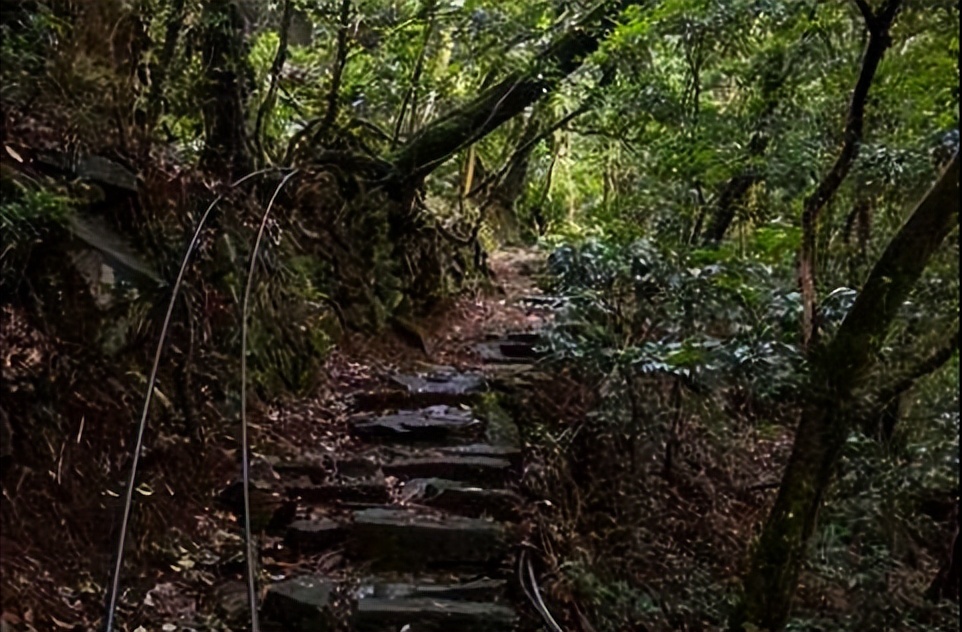
In Songyan, the most worthy of Tieguanyin, the most worthy is the ancient road of the tea source on the mountain. In the ancient roads, there was a sitting stone statue. The old man raised his eyebrows and smiled. This is where Wei Yin discovered Tieguanyin.
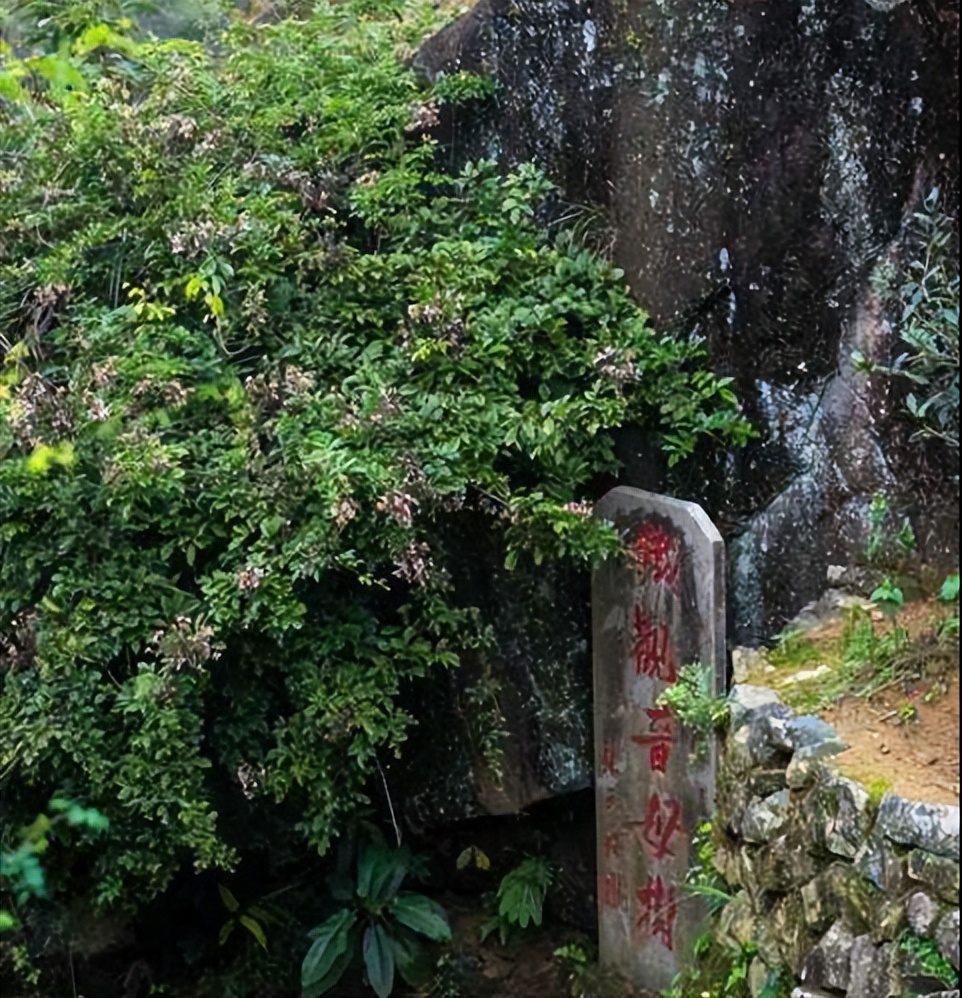
According to the first year of the Yongzheng year of the Qing Dynasty, Wei Yin, who lived in Songyan, accidentally got Guanyin in the dream. According to the guidance of the Saint Turtle, a tea tree was found on the stone cliff next to the deep pool of Shikeng. Wei Yin moved it to the Tie Ding of his patio to plant and breed and distributed it to the folks. This tea has a high aroma and unlimited rejuvenation. Because the tea tree is "Guanyin", the shape of the tea is like iron, and it is planted in the iron tripod. Therefore, it is named "Tieguanyin".
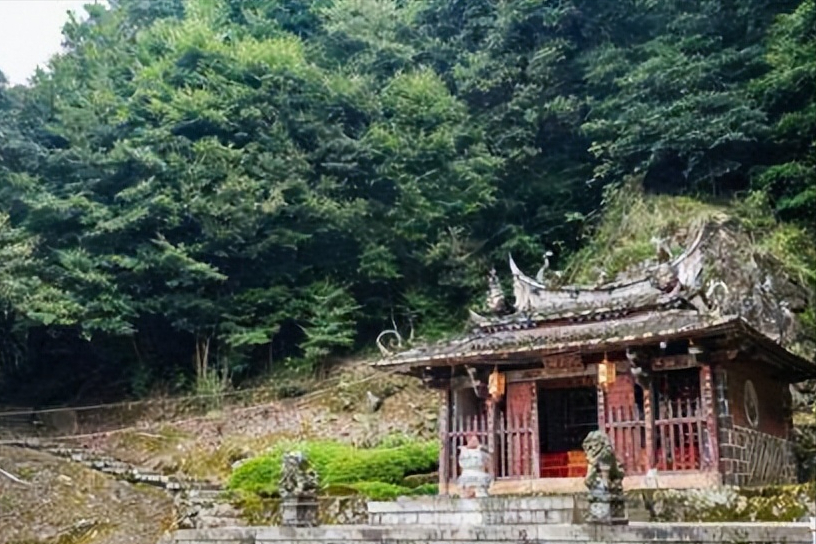
Among the Yuqing Mountain Tea Tree, a small temple hidden, named Dai Tianfu, worshiped the five "Wang Ye" who worshiped the local faith. The "plaque, the legend was written by Li Guangdi.
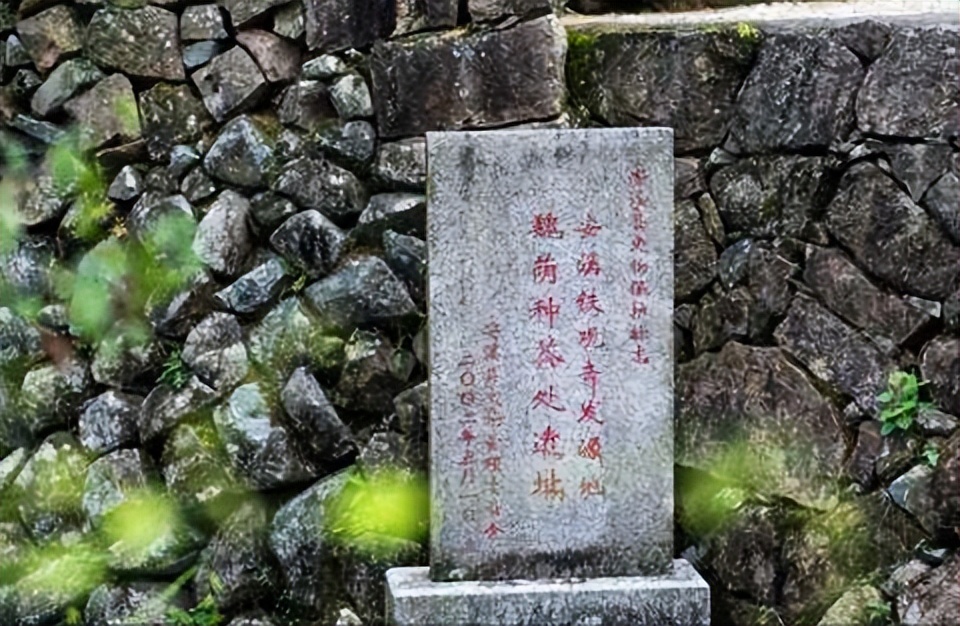
After thousands of years of change, Songyan's ancient crickets, ancient temples, and ancient trees have been precipitated in the long river of history, integrating into this unique and deep culture of this mountain village.
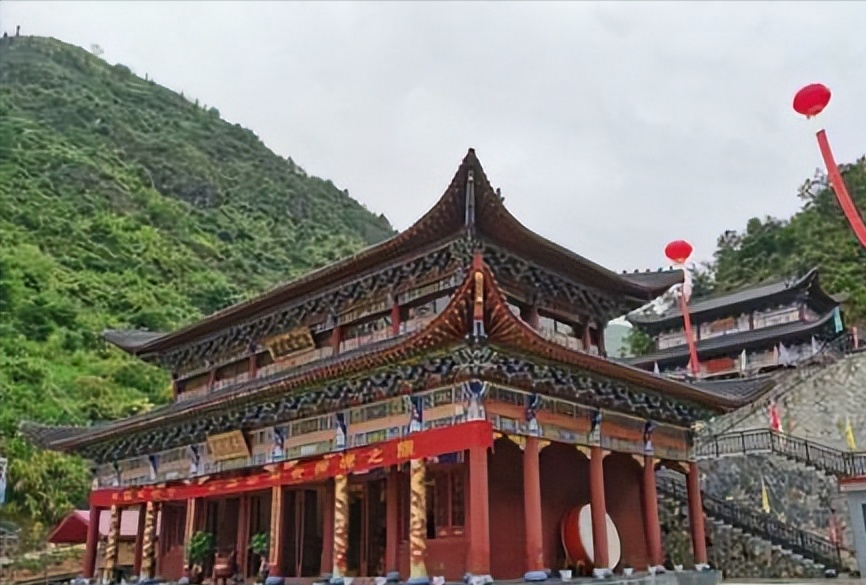
In addition, the Chazen Temple under Songyan Guanyin Mountain is worth searching and is a representative building of tea culture tourism. There are main buildings such as Guanyin Hall, Tea Temple, Tea Studio, Tea Hall of Tea Temple, Tea Temple, Tea Library, Tea Temple. Among them, the "tea ancestors" such as Shennong, Lu Yu, Cai Xiang, Su Liang, and Wei Yin are dedicated to the Tea Holy Hall.
2 Nanyan Village
Nanyan Village is located in Xiping Town, Anxi County. It is also the birthplace of Tieguanyin, ranking the fifth batch of traditional Chinese villages.
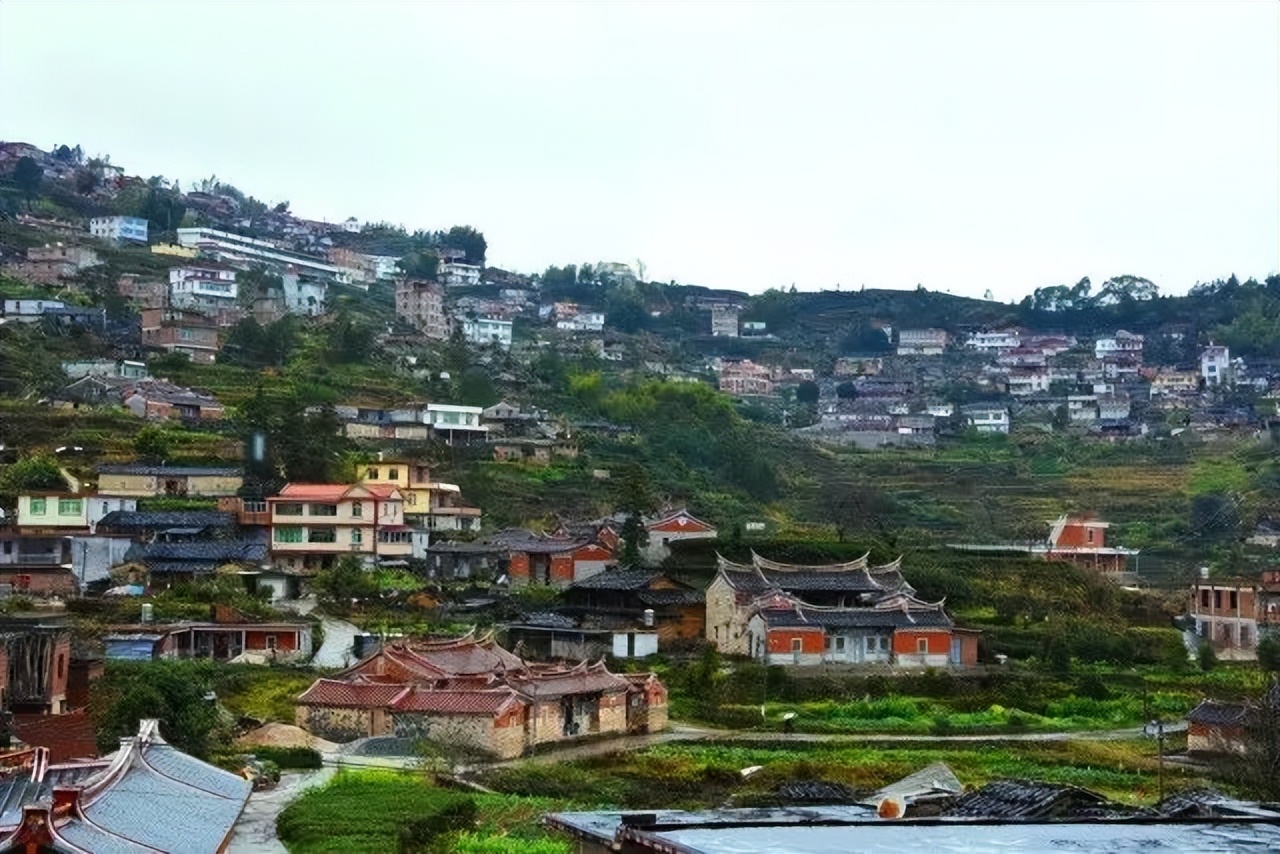
This was the starting point of the ancient sea tea roads. As early as the Tang and Song dynasties, the tea here was exported to overseas. The Wang family who lives here for tea, dozens of well -preserved ancient Fujian ancient dumplings in Nanyan Village correspond to more than 20 old tea numbers in modern China, such as Meiji and Panle Tower in the Taishan Tower. Ruizhen et al.
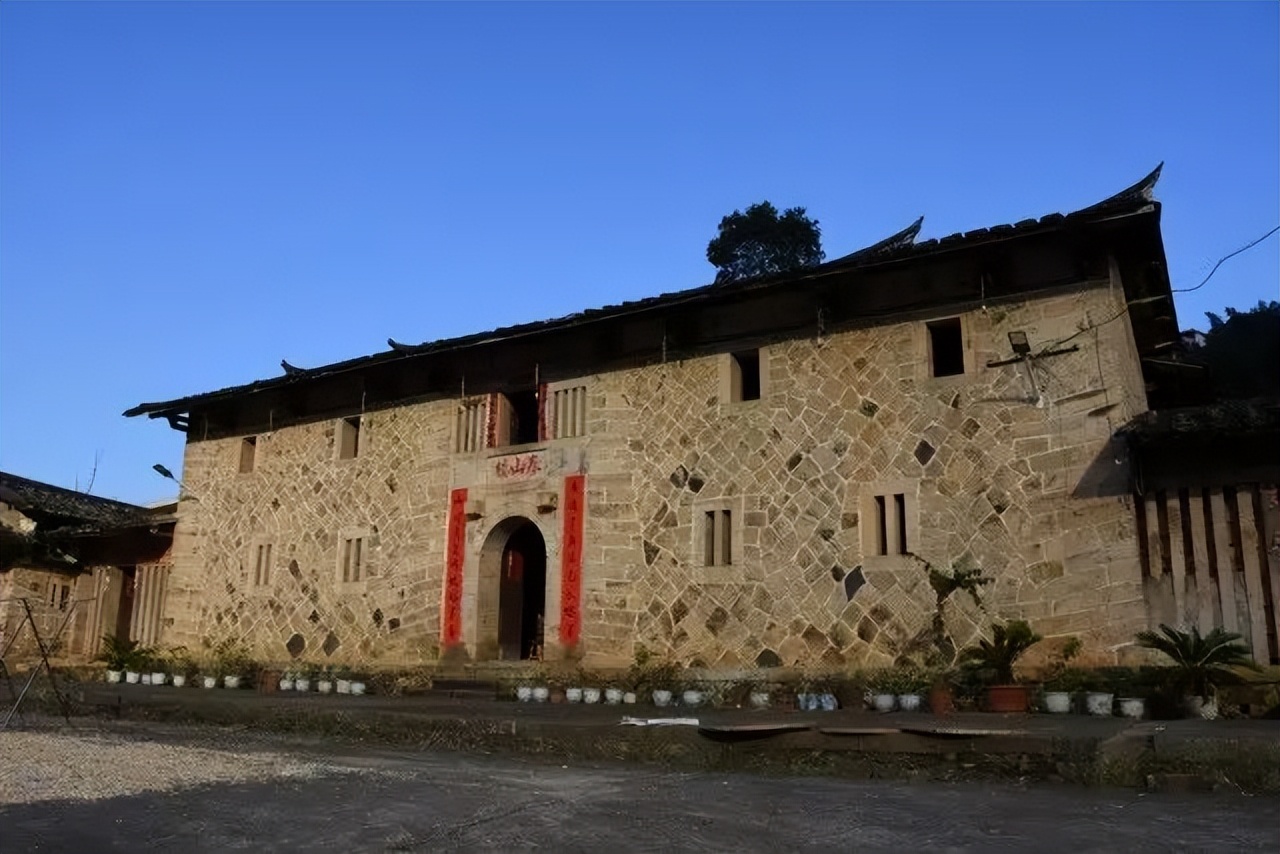
Among them, the Taishan Tower is especially worth seeing. The Taishan Tower is the eighth batch of cultural relics protection units in Fujian Province. It is a well -known Meiji Tea Store at home and abroad, also known as "Meiji Tulou". Founded in 1892, it was completed in ten years. In the "The Analects of Confucius", the "gentleman Tai but not arrogant", named Taishan Tower.
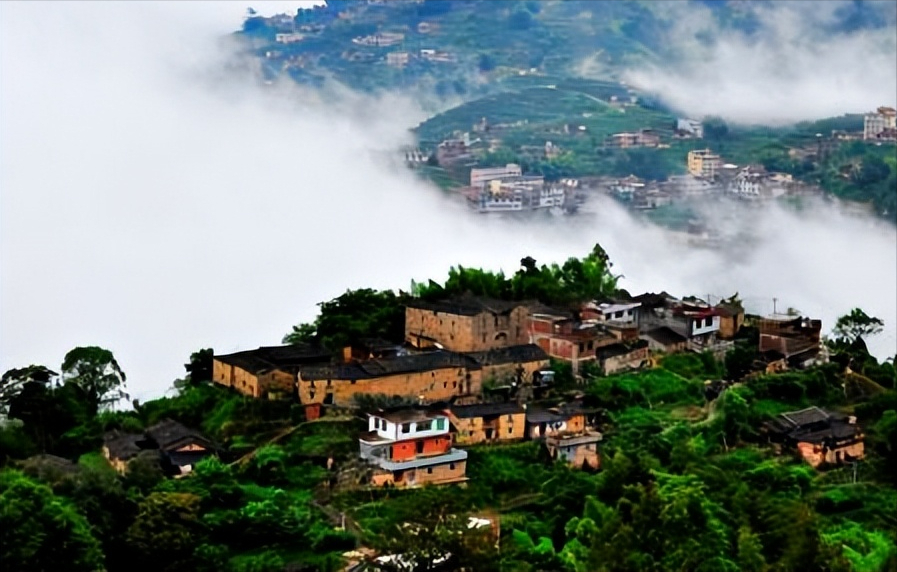
The Yuezhai of the ancient village has its own characteristics. It is located on the towering mountains. It is unique like the Potala Palace in Tibet. The two rows of houses are relatively lined up. The word "moon" in the scent of books was named.
3 Wupei Village
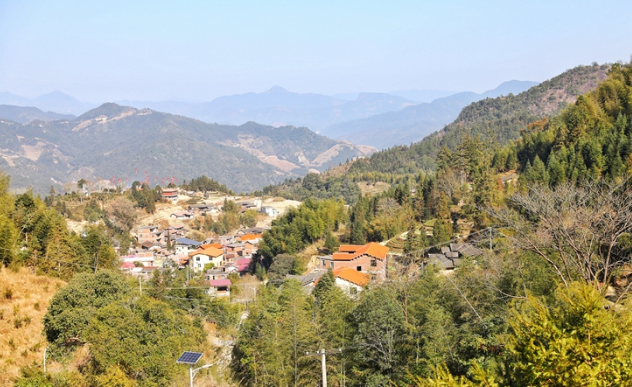
It is affiliated with Taozhou Township, 780 meters above sea level, and is the fifth batch of traditional Chinese villages. According to the village's "Xiao Clan Genealogy", there is Nanbao Temple under the Xiangshan Mountain, so it is named Wu Pei.
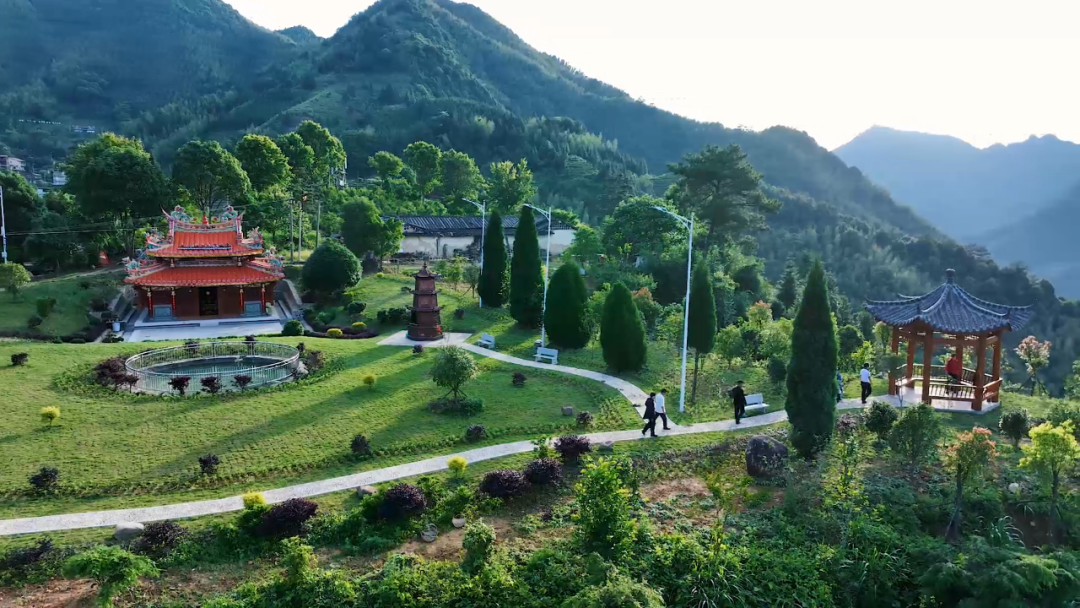
The mountains around Wupei Village are surrounded by mountains, and the houses are built according to the mountains. A small stream diverted from Jinjiang through the village to nourish the generation of villagers. Feng Shui culture. Different from the magnificence of Rouge bricks and tongue ridges in southern Fujian, most of the ancient houses in Wupei Village are mostly white walls and gray tiles, which are quite a bit of Jiangnan charm.
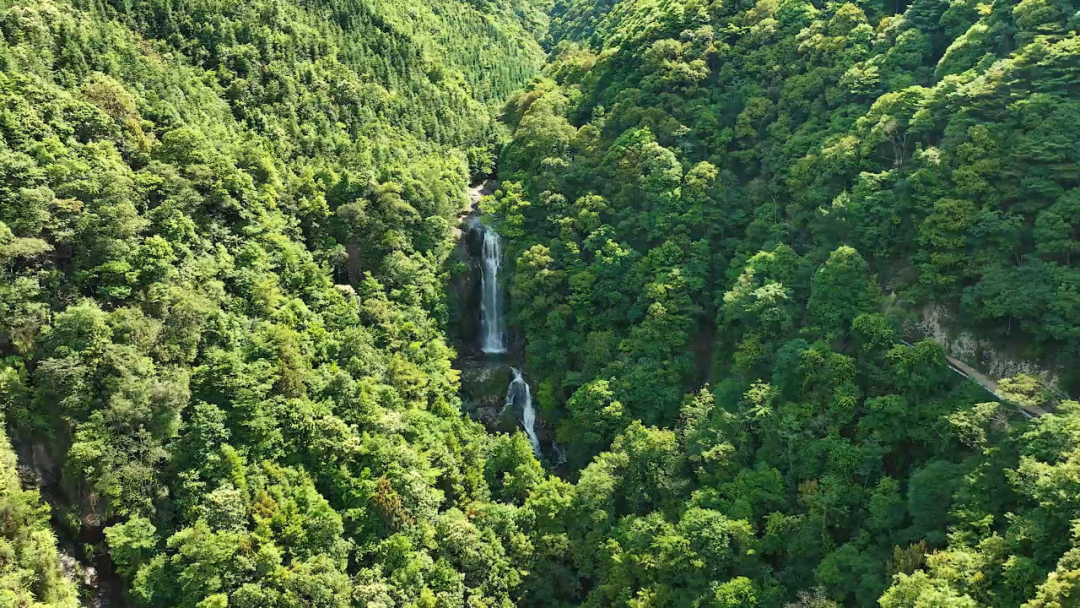
The local area is mainly agricultural economy, using ecological advantages to plant iron -seeing Guanyin and economic bamboo forests. In addition, Wupei Village has multiple waterfalls within the scope of Jinjiangyuan Reserve, with different shapes.
4 Yiling Village
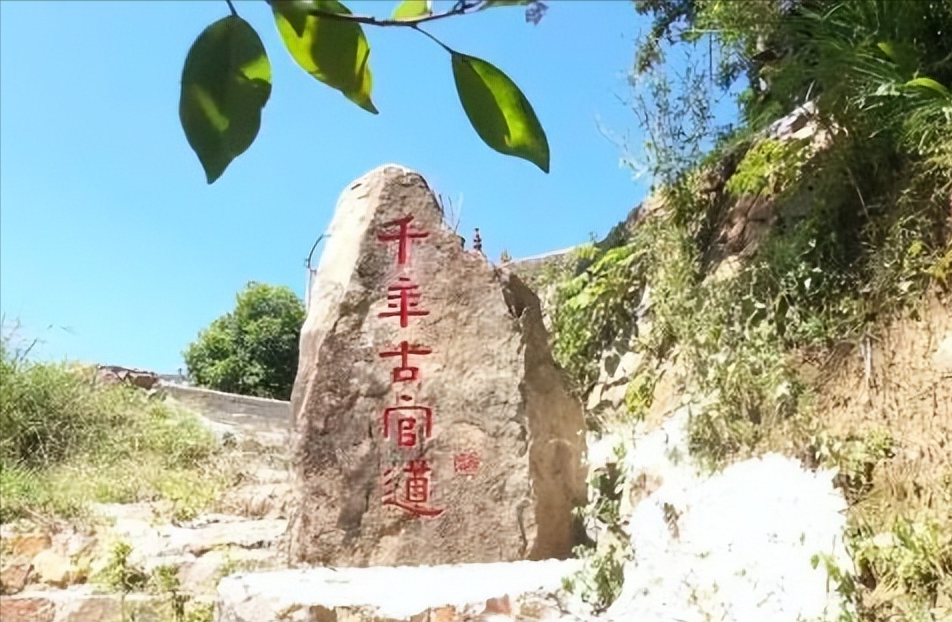
Located in the east of Lantian Township, an ancient village with a long history. The ancient village's Lantian Guman Road is famous for its historical and cultural accumulation of Yiling for thousands of years. More than 1,800 steps, a traffic road connecting Anxi connecting Anxi internally and outside is also a passage for civilization.
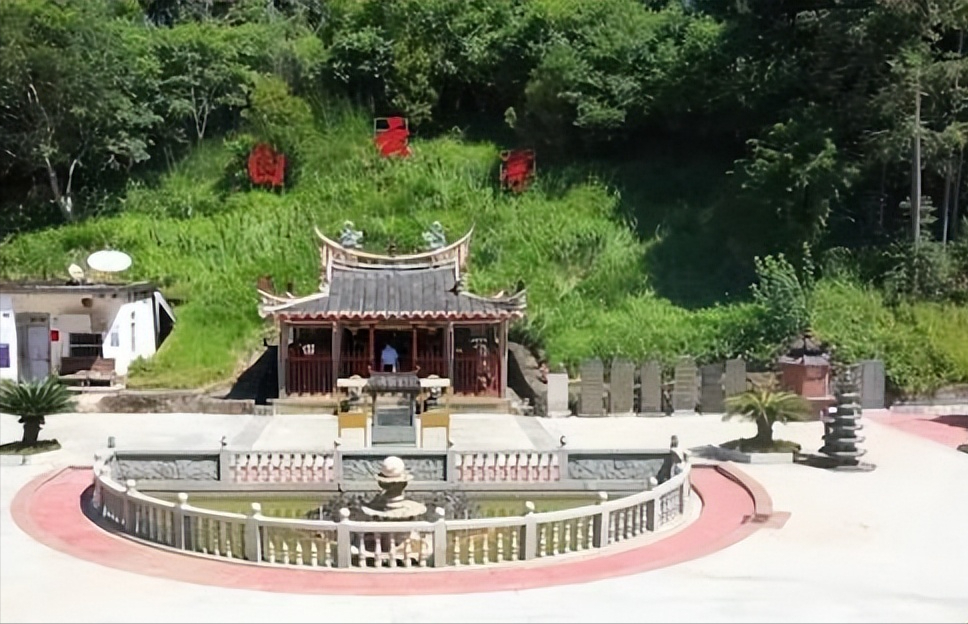
There is a Song Dynasty ancient building -Baiyun Pavilion next to the ancient road. At the end of the Ming Dynasty, Zhang Ruitu passed here, and the title was "Baiyun free", and the famous and vicissitudes of the pavilion wall was a trace left by the years. There is also an antique and ancient character pavilion on the edge of Baiyun Pavilion, which is the vivid embodiment and historical testimony of the villagers Chongwen and the historical tradition.
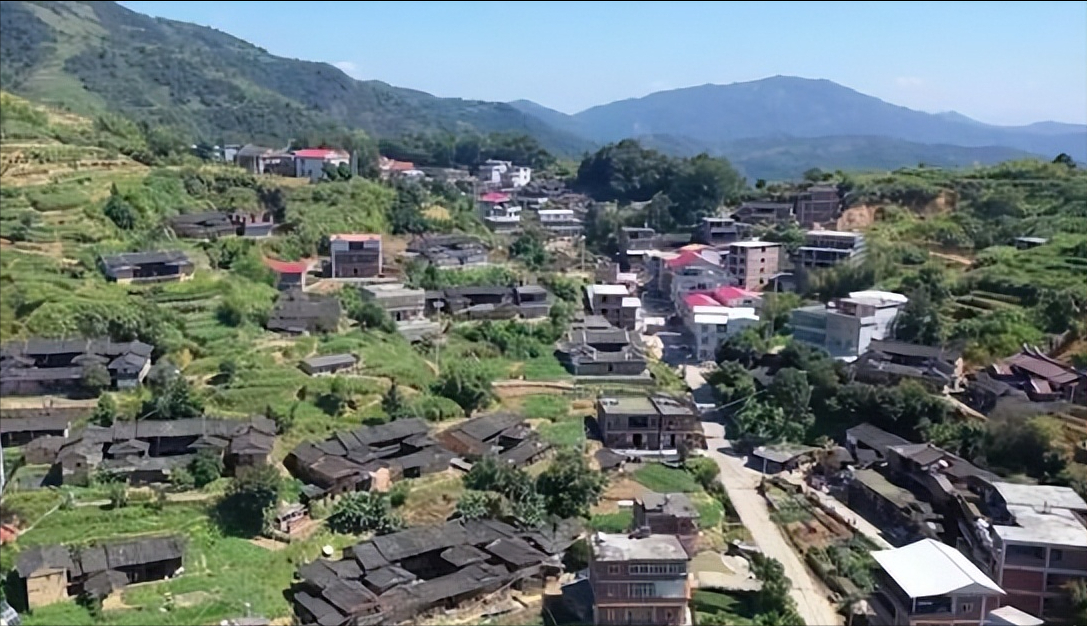
Today, the mountains and rivers of Yiling Village are beautiful and beautiful. The modern Xiaoyang Tower, the traditional houses, and the ancient dawn are distributed.
5 Ke Ming Village
Located in the northwest of Shangqing Township, Anxi, because it is located in Gaoqiu Shangping, it is also known as "Gao Ping". It is rumored that when the leader of the peasant uprising army of the Yuan Dynasty, Li Da said that he had set up an examination room in this examination room and named his name. The village carries many unique and diverse regional culture, including iron smelting culture, porcelain kiln culture, champion culture, ancient street culture, ancient Rong culture, etc.
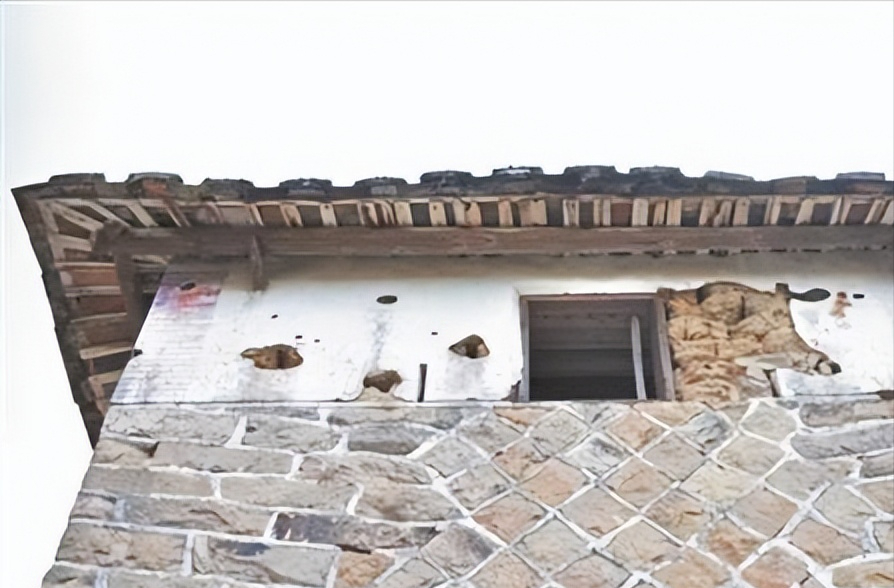
In the ancient village, there is a "Tulou" made of stones -Feng'an Tower. The bomb marks on the walls of the Tulou seem to be telling the history of the past. In the village's large ancestral temple, Huang Peisong's "No. 1" plaque was hung. Qingyang Nature Village in Keming Village was once one of the full -time iron smelting grounds established by the Song Dynasty. According to the "Anxi County Chronicle" of Qianlong in the Qing Dynasty, Qingyang was the official kiln of iron smelting in the Northern Song Dynasty. Qingyang Xia Caowu iron smelting site is a precious testimony of the iron handicraft industry of Quanzhou during the Song and Yuan Dynasties.
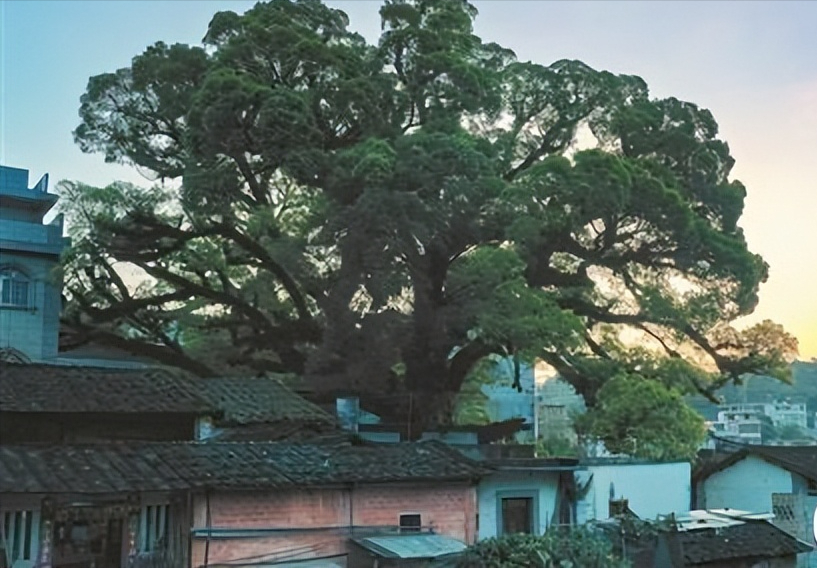
In addition, behind the old field of Keming Village, a strange tree -camphor banyan grows in the camphor tree, that is, a banyan tree grows in the camphor tree. There is a tree in the tree. The tree has nearly thousands of years.Fun Life X Ancient Village Editor's Editor from the Internet
- END -
Look at it!How to log out and register for bankruptcy and mandatory liquidation companies

The reporter learned from the Provincial High Court today that in accordance with ...
Tribute to the "Nuclear Commander"!Suzhou will be set to "Cheng Kaijia Day" on August 3!
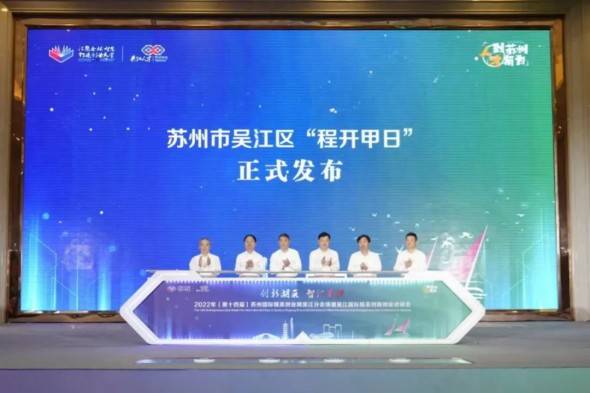
Life is a national casting shield,Reflecting the century -old situation!Today (Jul...